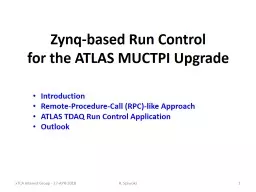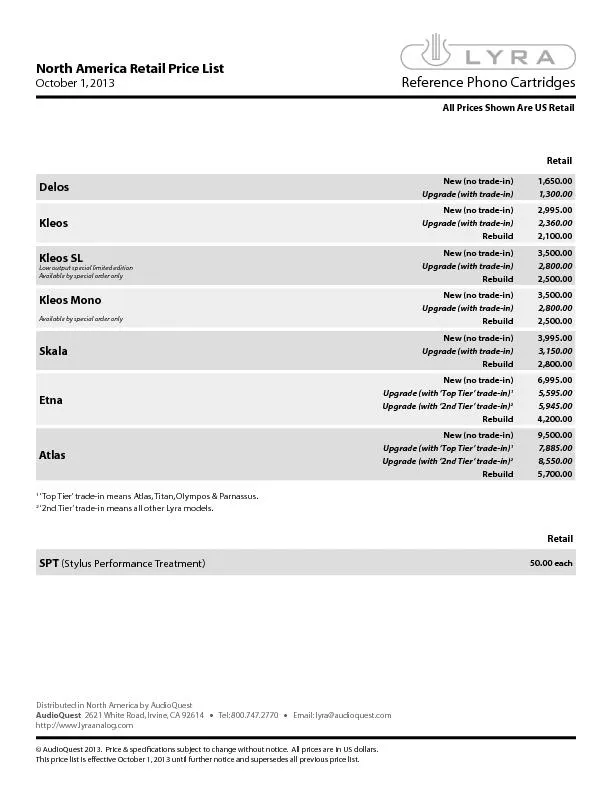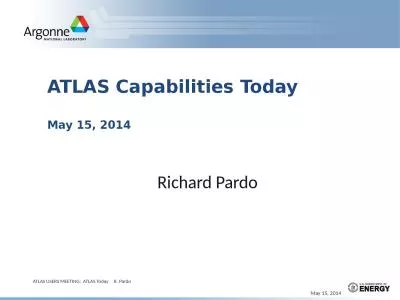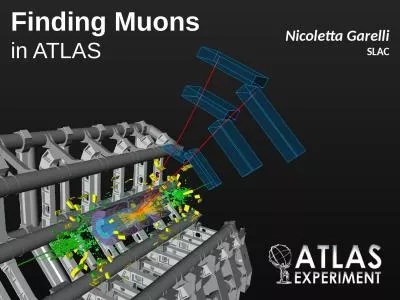PPT-Zynq -based Run Control for the ATLAS MUCTPI Upgrade
Author : greyergy | Published Date : 2020-06-23
1 R Spiwoks xTCA Interest Group 27APR2018 Introduction RemoteProcedureCall RPClike Approach ATLAS TDAQ Run Control Application Outlook ATLAS MUCTPI MuontoCentralTriggerProcessor
Presentation Embed Code
Download Presentation
Download Presentation The PPT/PDF document "Zynq -based Run Control for the ATLAS MU..." is the property of its rightful owner. Permission is granted to download and print the materials on this website for personal, non-commercial use only, and to display it on your personal computer provided you do not modify the materials and that you retain all copyright notices contained in the materials. By downloading content from our website, you accept the terms of this agreement.
Zynq -based Run Control for the ATLAS MUCTPI Upgrade: Transcript
Download Rules Of Document
"Zynq -based Run Control for the ATLAS MUCTPI Upgrade"The content belongs to its owner. You may download and print it for personal use, without modification, and keep all copyright notices. By downloading, you agree to these terms.
Related Documents












